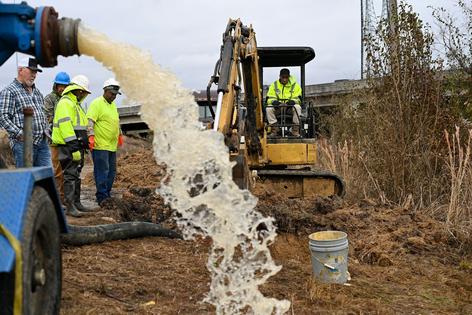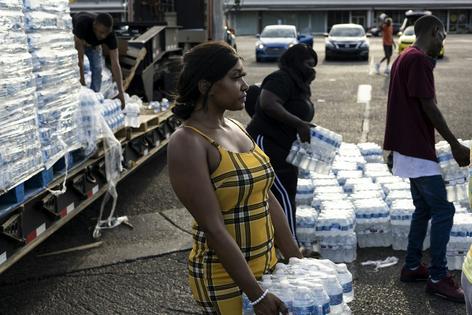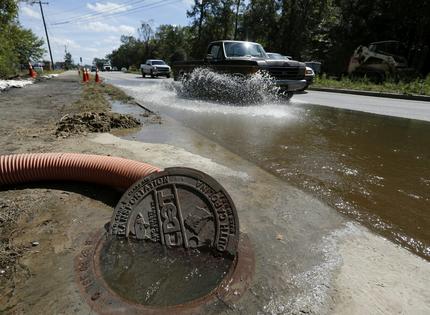The South’s aging water infrastructure is getting pounded by climate change – fixing it is also a struggle
Published in Science & Technology News
Climate change is threatening America’s water infrastructure as intensifying storms deluge communities and droughts dry up freshwater supplies in regions that aren’t prepared.
The severe storms that swept through the South April 10-11, 2024, illustrated some of the risks: In New Orleans, rain fell much faster as the city’s pumps could remove it. A water line broke during the storm near Hattiesburg, Mississippi. Other communities faced power outages and advisories to boil water for safety before using it.
We study infrastructure resilience and sustainability and see a crisis growing, particularly in the U.S. Southeast, where aging water supply systems and stormwater infrastructure are leaving more communities at risk as weather becomes more extreme.
To find the best solutions and build resilient infrastructure, communities need to recognize both the threats in a warming world and the obstacles to managing them.
Water crises can be caused by either too much or too little water, and they can challenge drinking water systems in unexpected ways.
For much of the past decade, parts of northern and central Alabama have experienced significant droughts. In addition, wells dug to provide water have run dry, as water tables dropped from a combination of drought and overuse.
New Orleans’ water supply was threatened by drought in another way in 2023: Saltwater from the Gulf of Mexico intruded farther than normal up the Mississippi River because the river’s flow had slowed.
At the same time, torrential rain events increasingly have overwhelmed stormwater systems and threatened drinking water supplies. As global temperatures rise, the oceans heat up, and that warmer water provides more moisture to feed powerful storms.
An example of how extreme the situation can get has been playing out in Jackson, Mississippi, a city of nearly 150,000 residents. Jackson’s water system had been plagued with leaks and pipe breaks for over a decade before 2022, when intense flooding overwhelmed the system, leaving most residents with little or no water for days.
Even before the flood, Jackson residents had been advised to boil their water before drinking it. Repairs are now underway with the aid of US$800 million in federal tax dollars, but questions remain about how to keep the system maintained in the future. The April storm hit the region again with damaging winds, rain and power outages.
...continued













Comments